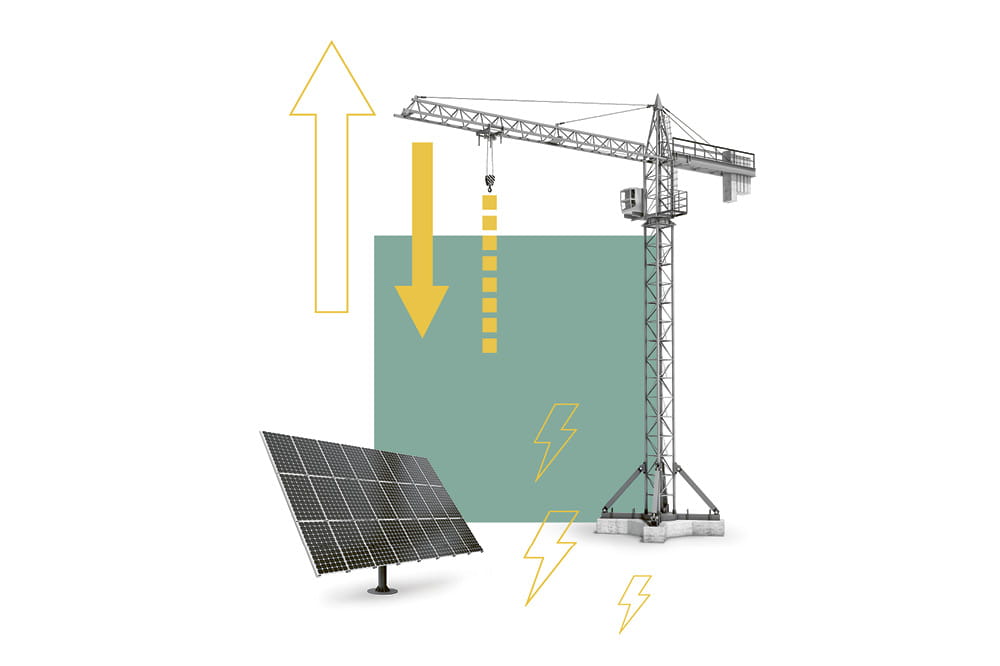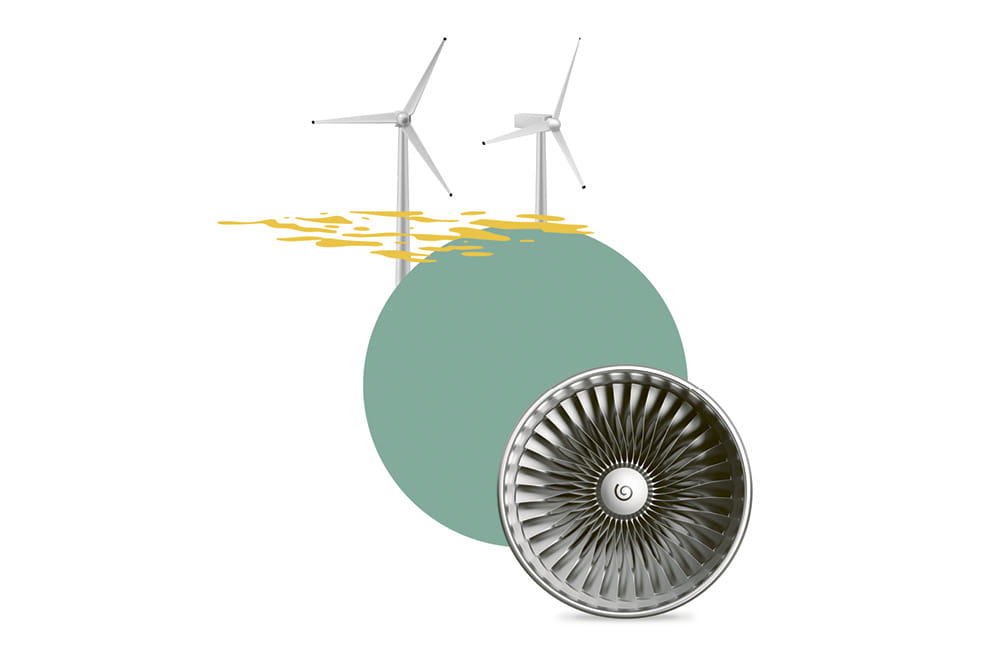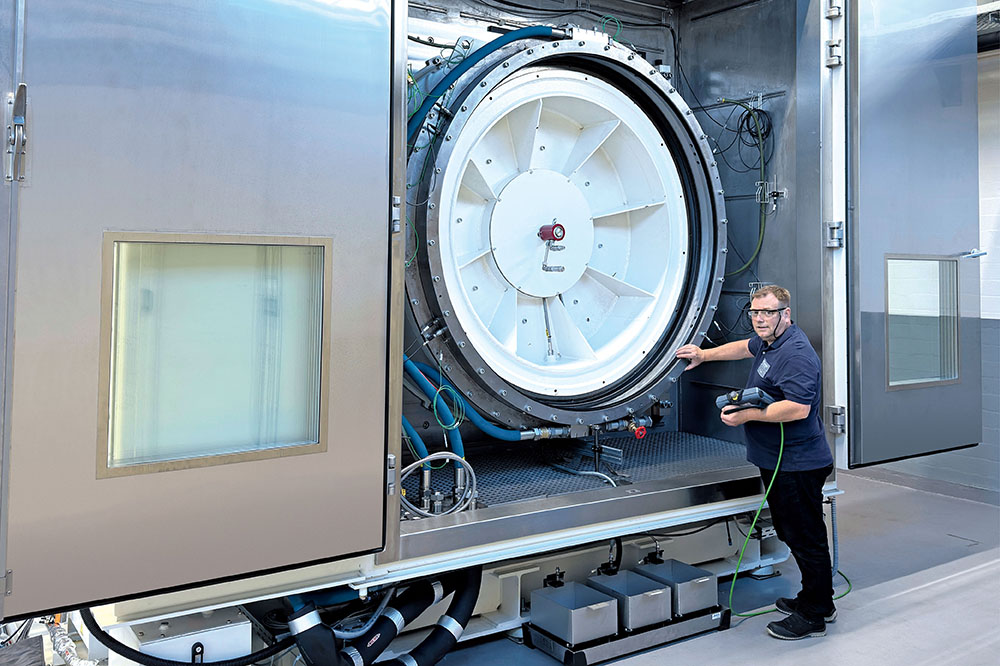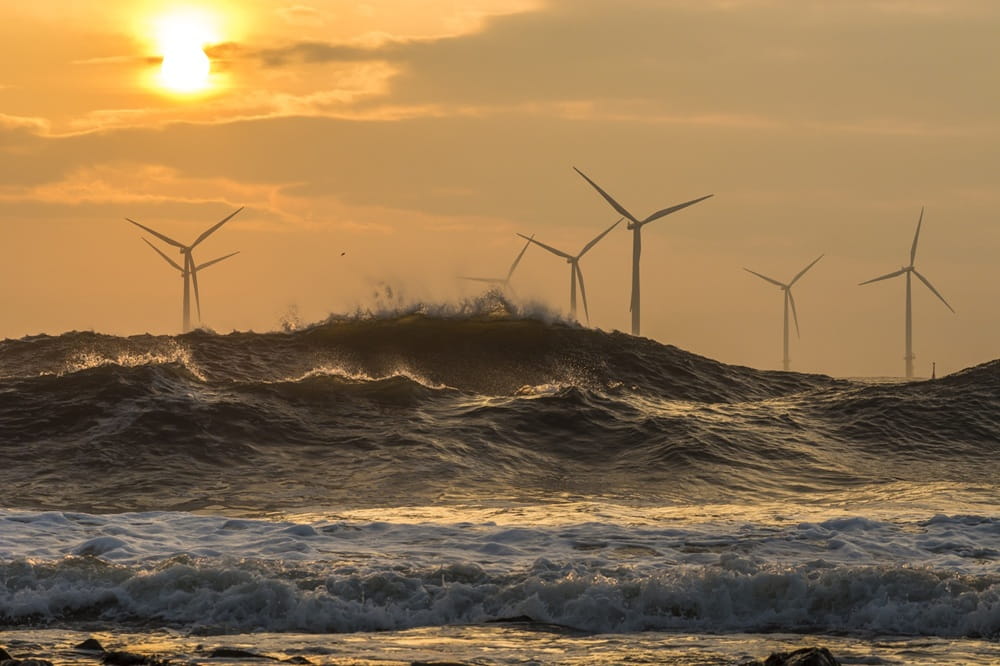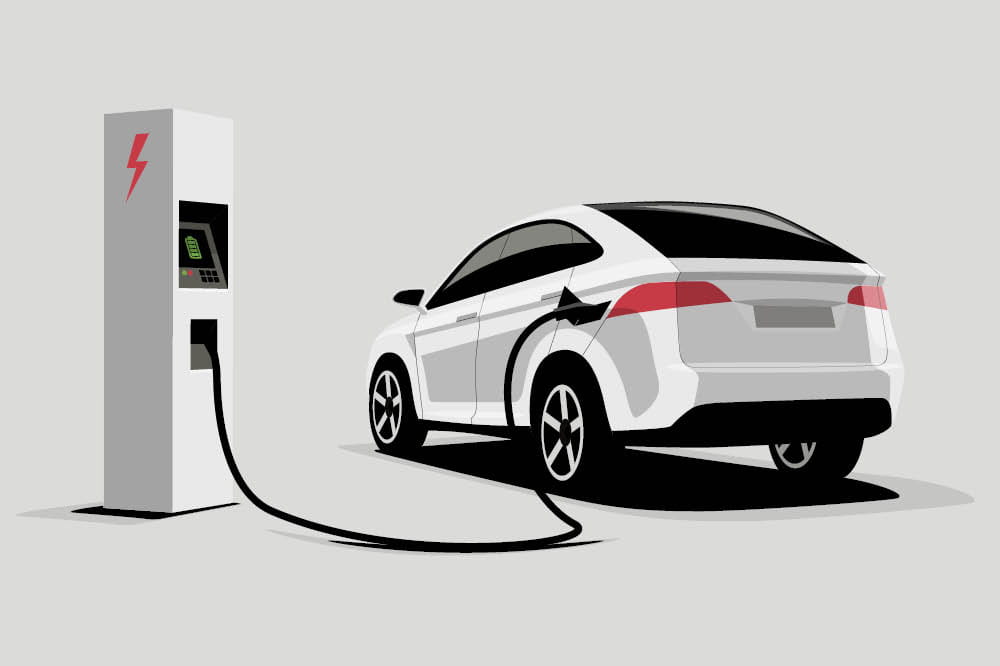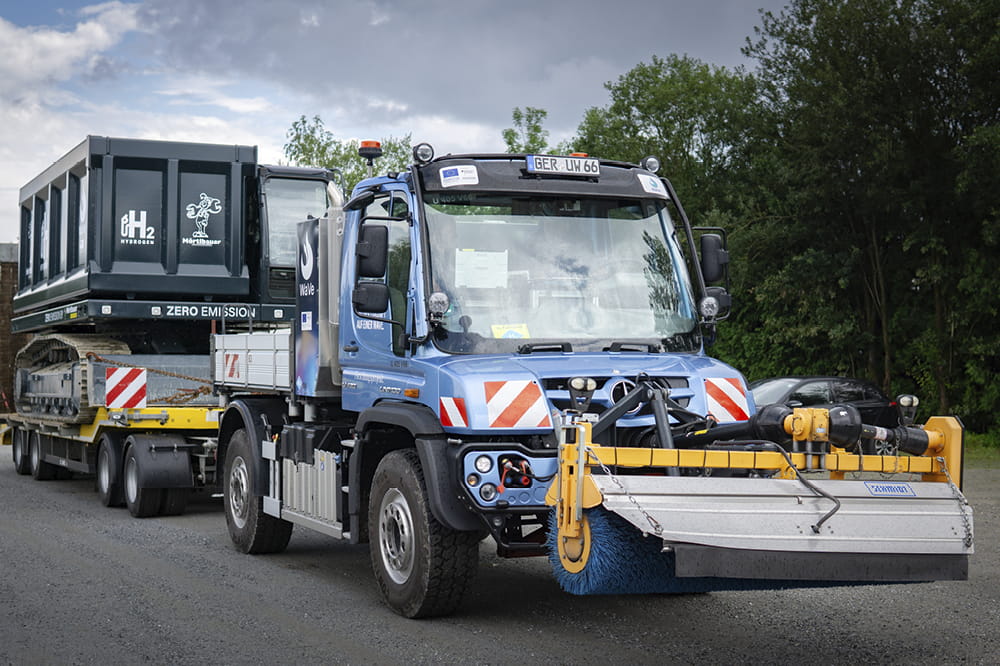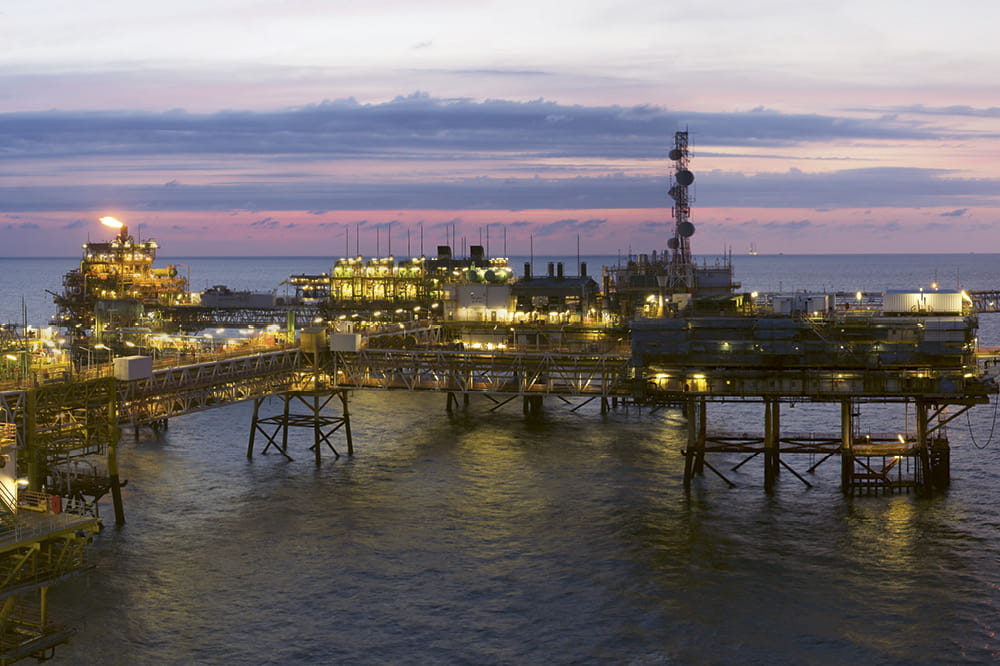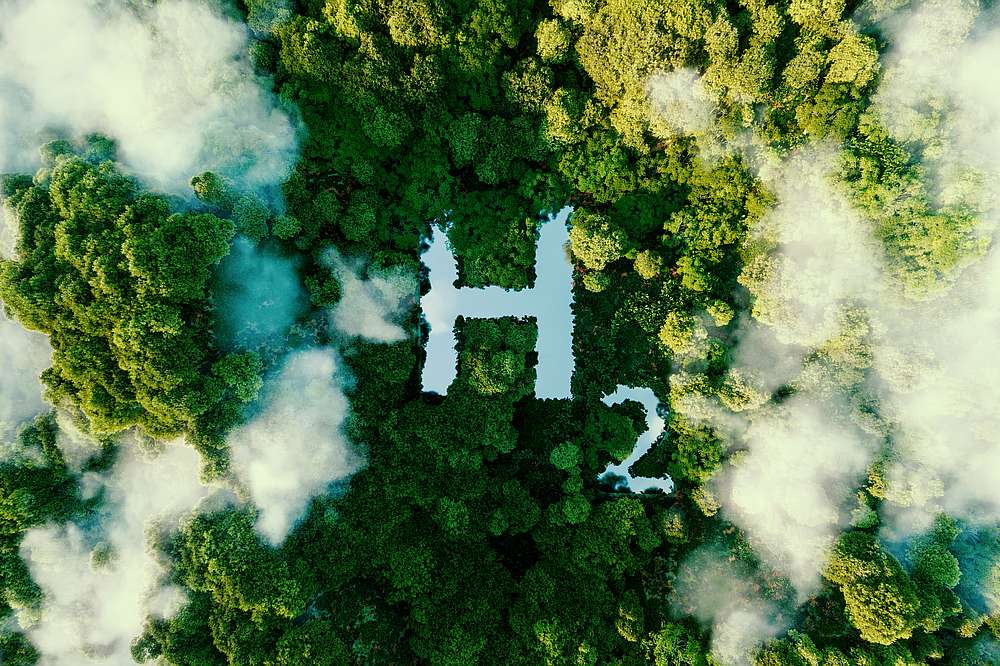Obtain news and background information about sealing technology, get in touch with innovative products – subscribe to the free e-mail newsletter.
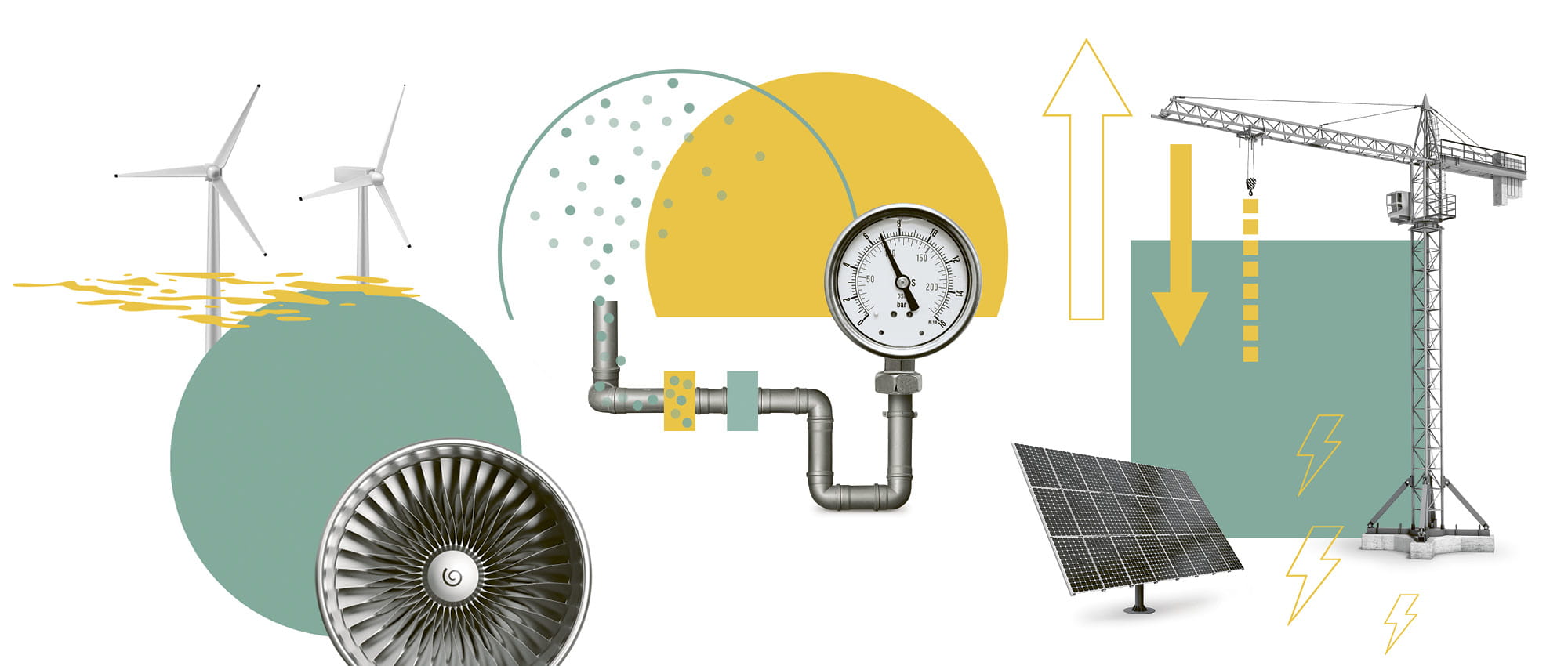
20.06.2023 | Story
Energy Storage of the Future - Three Innovative Methods
Sun, wind and water provide renewable energy, but not around the clock. That is why efficient storage methods are needed. Three amazing solutions that hold real innovation potential.
Gravity Storage With Bricks From Waste
Simply …
Energy is generated when concrete blocks are moved from place to place. The Swiss clean technology company Energy Vault, which is listed on the U.S. tech stock exchange, has developed a formula for success out of this ostensibly simple concept. The process starts with a 120-meter (393-feet) crane that stacks concrete blocks. The latest generation of this energy storage system consists of a box-shaped structure. The mode of operation is always the same. When there is an energy surplus, an artificial intelligence system elevates the materials for the structure, storing the available energy. It is released when the materials are lowered. The approach resembles the operation of a pump storage plant. The difference is that the blocks, not water, are the storage medium. They are made of earth, sand and debris gathered locally.
… Genius
If a solar or wind park is connected to this type of long-term storage system in the standard 500 megawatt hour size, the plant is capable of replacing a large coal-fired power plant. The cost of the system is expected to be $5 to $10 million – a cost that can compete with pump storage plants. The storage system needs no water, lithium or cobalt, and is not affected by the weather.
CO₂ as Benefactor
Simply …
When it comes to the climate, CO2 emissions do not exactly enjoy the best reputation. An Italian startup has now managed to transform this disagreeable compound from villain to hero. And it is taking a simple approach: The CO2 is held in a dome-shaped repository. When energy is injected, the gas leaves the dome as it is compressed and liquefied, and then is stored outside it under pressure. At discharge, the liquefied CO2 takes the reverse path, returning to its original form. In the process, the compound expands, creating large quantities of compressed air to drive a turbine and generate electricity.
… Genius
The dome-shaped structure adapts flexibly to a particular volume, compensating extraordinarily well for pressure differences. The technology has long been used in biogas systems. The closed cycle handles exactly one charge of CO2 without expelling any of it into the air. Thanks to its large size, this sustainable energy storage technology is ideal for a connection to a wind or solar farm in rural areas. A system can store electricity for about eight hours.
Pumps at the Bottom of the Sea
Simply …
Sometimes the solution is 700 meters (2,300 feet) down. Researchers have discovered that the principle of a pump storage plant also works on the ocean floor. After all, the ocean has everything needed for it: ample space and water and enough of a pressure gradient. If hollow concrete balls 30 meters (about 100 feet) in diameter are lowered to the ocean floor and a valve opens up, water under high pressure flows into the hollow space inside. The water drives a turbine that produces electricity using a generator. If there is surplus energy, the turbine functions as a pump and conveys the water out of the ball in the opposite direction.
… Genius
The seawater storage system ought to be able to feed about 5 megawatts of output into the grid. This comes close to the average performance of an offshore wind turbine and thus suggests huge potential for this method of storage worldwide. In fact, suitable locations such as the coastal waters off Norway, Spain, the United States and Japan could potentially store more than 800 terawatt hours. That is 80 times what the world will need per year through 2040, according to forecasts. However, this approach has not yet made it past the prototype stage.
More news on the subject Renewable Energies

Join Us!
Experience Freudenberg Sealing Technologies, its products and service offerings in text and videos, network with colleagues and stakeholders, and make valuable business contacts.
Connect on LinkedIn! open_in_new